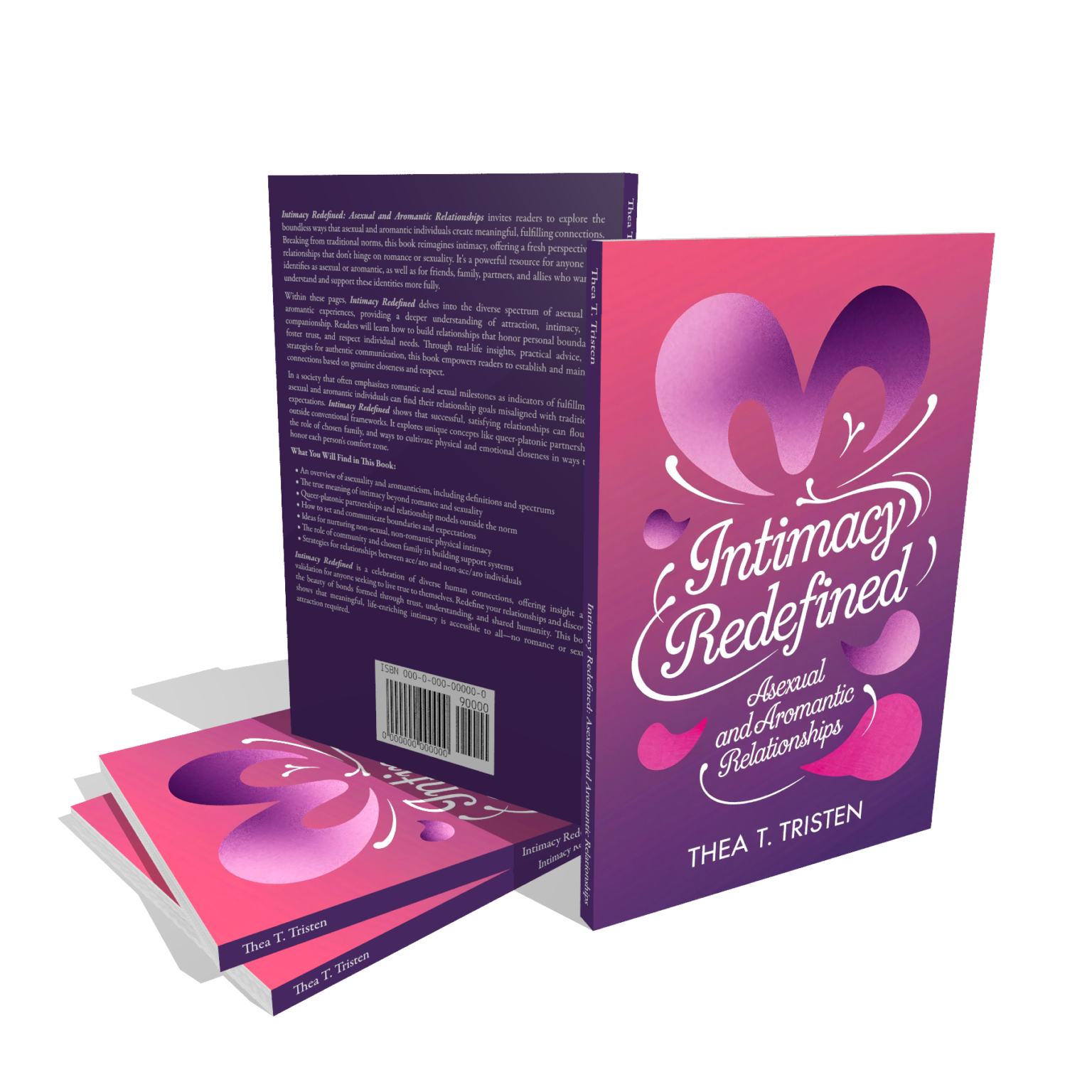Intimacy Redefined: Asexual and Aromantic Relationships – Complete Guide to Non-Traditional Love and Connection

Asexual and aromantic relationships challenge everything you thought you knew about intimacy and love. If you’ve ever felt confused about connections that thrive without romance or sexuality, you’re not alone. Millions of people worldwide experience deep, meaningful relationships that exist outside traditional frameworks, yet society offers little guidance on understanding these bonds. This groundbreaking book redefines intimacy by exploring the rich landscape of asexual and aromantic relationships, offering practical insights and validation for those seeking authentic connections beyond conventional norms.
Whether you identify as asexual, aromantic, or simply want to understand diverse relationship dynamics, this comprehensive guide provides the tools and knowledge needed to navigate non-traditional intimacy. Through expert analysis and real-world examples, you’ll discover how meaningful partnerships can flourish without romantic or sexual elements, creating space for genuine human connection in all its beautiful forms.
What You’ll Discover
- Redefine Intimacy Beyond Romance: Learn how emotional connections and deep bonds can thrive without traditional romantic expectations or sexual attraction
- Master Communication Strategies: Discover proven techniques for establishing boundaries and expressing needs authentically in asexual and aromantic relationships
- Explore Queer-Platonic Partnerships: Understand committed, life-long partnerships that prioritize emotional intimacy and companionship over romance
- Build Supportive Communities: Learn how to find and create chosen families that validate your experiences and provide ongoing emotional support
- Navigate Mixed-Orientation Relationships: Overcome challenges when partnering with individuals who have different relationship orientations and expectations
- Develop Authentic Self-Expression: Gain confidence in communicating your relationship style and needs without shame or compromise
Why This Book Matters
Asexual and aromantic individuals often struggle with societal pressure to conform to traditional relationship models, leading to feelings of isolation and misunderstanding. This book addresses these challenges head-on by providing practical frameworks for understanding and nurturing non-traditional intimacy. Through evidence-based insights and compassionate guidance, readers learn to embrace their authentic selves while building meaningful connections that honor their unique needs and boundaries.
The transformative power of this guide extends beyond individual growth, offering tools for allies, family members, and partners to better understand and support asexual and aromantic individuals. By challenging conventional definitions of love and intimacy, this book creates space for more inclusive relationship dynamics that benefit everyone seeking genuine human connection.
Key Features
This comprehensive ebook spans multiple chapters covering essential topics from basic definitions to advanced relationship strategies. Available as an instant digital download, you’ll receive immediate access to practical exercises, communication templates, and community resources for ongoing support. The format allows for easy reading on any device, with printable guides for hands-on practice. Also available as audiobook on Google Play Books and Spotify for convenient listening during commutes or workouts.
Frequently Asked Questions
How can asexual and aromantic relationships be as fulfilling as traditional romantic partnerships?
Asexual and aromantic relationships focus on emotional intimacy, companionship, and deep personal connection without the pressure of romance or sexuality. These bonds often feature greater communication, shared life goals, and mutual support, creating fulfilling partnerships based on genuine compatibility and respect rather than societal expectations.
What are queer-platonic relationships and how do they work in practice?
Queer-platonic relationships are committed partnerships that prioritize emotional bonds and life partnership without romantic elements. Partners may live together, make major decisions together, and provide primary emotional support while maintaining clear boundaries around romance and sexuality, creating unique but deeply meaningful connections.
Can this book help people in mixed-orientation relationships navigate their differences?
Absolutely. The book provides specific strategies for communication, boundary-setting, and compromise in relationships where partners have different orientations. It offers practical tools for understanding each other’s needs while maintaining respect and authentic connection across orientation differences.
Get Your Copy Today
Transform your understanding of relationships and intimacy with this comprehensive guide to asexual and aromantic connections. Available for instant download at just $6.99, this ebook provides exceptional value compared to expensive relationship counseling or workshops. Also available as audiobook on Google Play Books and Spotify for flexible learning. Purchase your copy through all major ebook retailers including Apple Books, Barnes & Noble, and Kobo to begin redefining intimacy and building authentic relationships today.
Watch the Video Review

